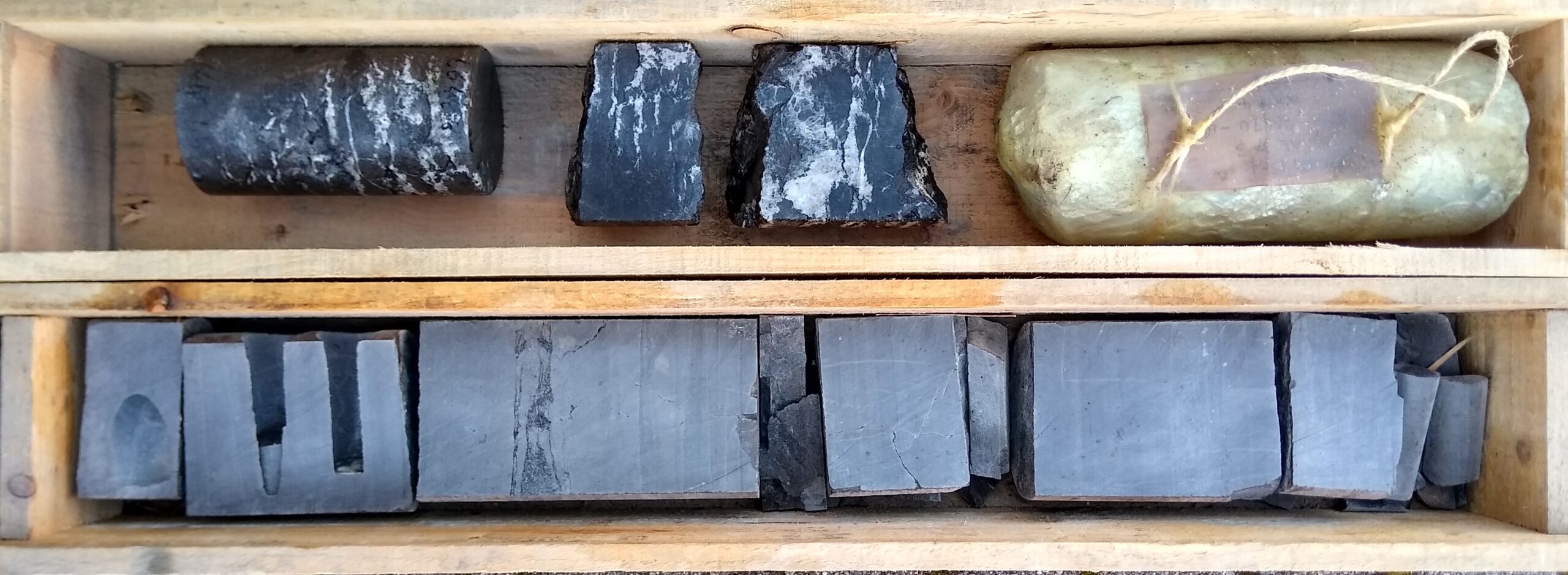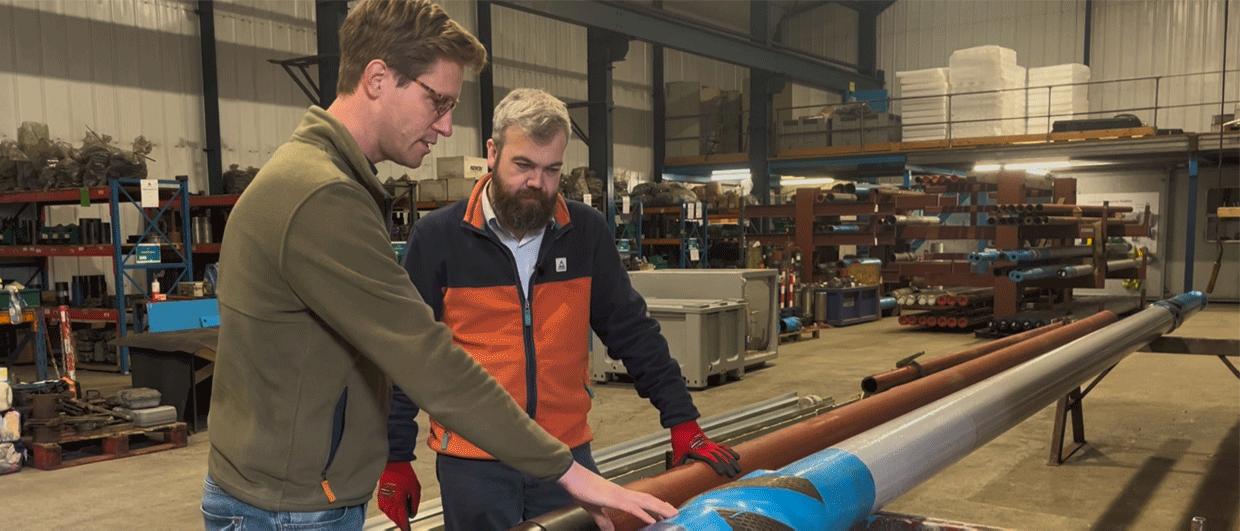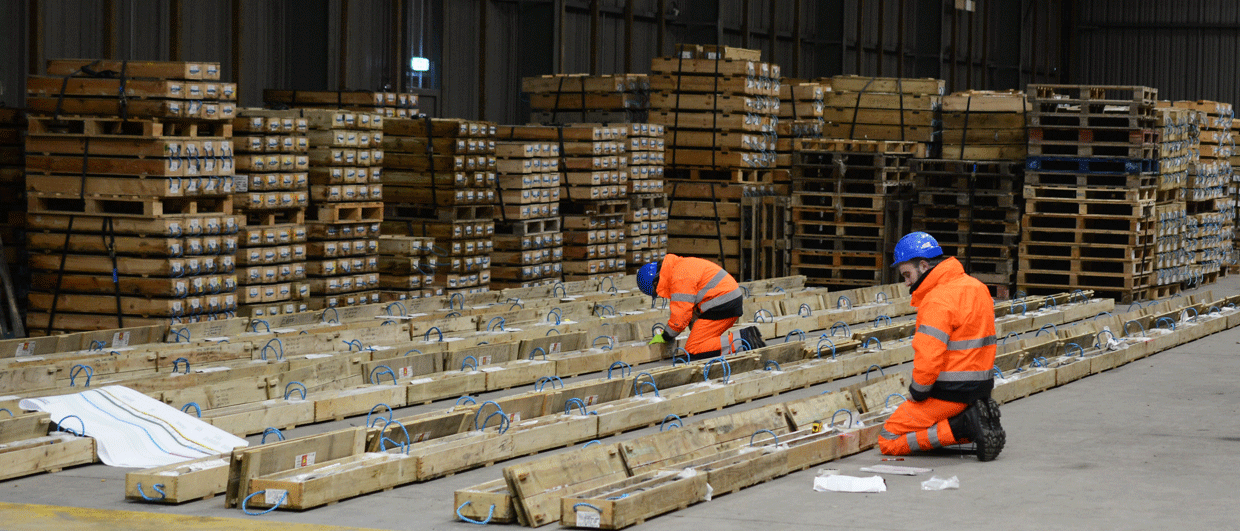The upper Permian Zechstein of the UK Southern North Sea is experiencing a little revival these days. The main reason is that gas and some oil were discovered last year in the Pensacola prospect drilled by Shell and Deltic. Well 41/05a-2 found oil and gas in the Hauptdolomite, the main carbonate member in the second evaporitic Zechstein cycle. An appraisal well is currently being drilled to further test this exciting discovery that could host around 8.5 billion cubic meters (302 Bcf) of gas.
Increased demand for core data
Because of this, core data from the Zechstein and the Hauptdolomite in particular has suddenly become more in demand. But there is not a lot of it. The reason is that the UK Southern North Sea has never seen production from Zechstein reservoirs take off. Instead, the underlying Permian Rotliegend sandstones were the main target for many years, resulting in many core cuts from aeolian reservoir sands. The overburden was just drilled as quickly as possible.
Well 41/15-1, located not that far away from Pensacola, is one of those rare exceptions. Drilled in 1991, not even that early in the North Sea exploration bonanza, Conoco UK identified a prospect in the Carboniferous, below the Zechstein. Even though the Zechstein was regarded as a secondary target, most of the cores cut in this well are from the Permian. These days, it would be unheard of to see a secondary target being so extensively cored even before the primary target has been reached, but rig rates were probably not so much of an issue those days.

Core characteristics and sedimentology
Two intervals were cored in the Zechstein of 41/15-1; the Plattendolomite in the third evaporitic cycle, and the Hauptdolomite in the one below. One thing stands out when looking at a photo of cores from both formations. The Plattendolomite is much more laminated and finer-grained than the Hauptdolomite. The latter has a lot of vuggy porosity. Just looking at this, anyone would probably argue that the Haupt has better reservoir potential, but it was the Plattendolomite that was tested using a DST based on the observation of shows. No fluids were produced to the surface, though.
But there is one more question remaining. When looking through the boxes of cores, most have the same 5 inch diameter, as expected. But there is one smaller diameter bit as well. Looking very similar to the other cores, including a correct depth mark, what could be the origin of this smaller-sized section? A few geologists visited the core store as well, and they were also puzzled. If you have ever come across this, please let us know!
An explanation – I spoke to John Marshall at Petex last week, and he came up with a good explanation as to why these cores have a different diameter. He argued that it could relate to vertical permeability measurements that required a slightly smaller diameter core than the ones cut. So, the smaller ones have likely been trimmed in order to make them fit into the testing device. Sounds like a reasonable explanation.





